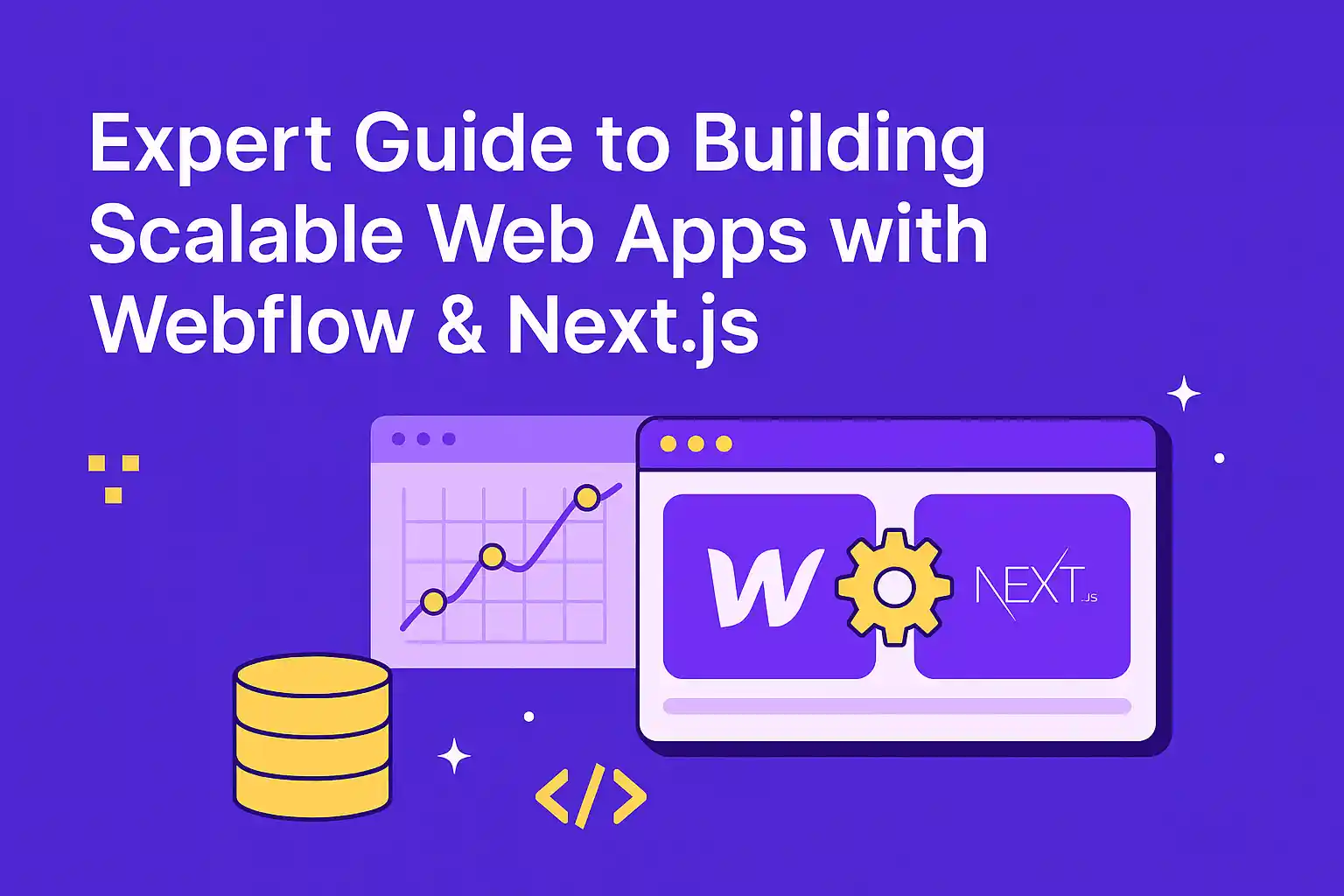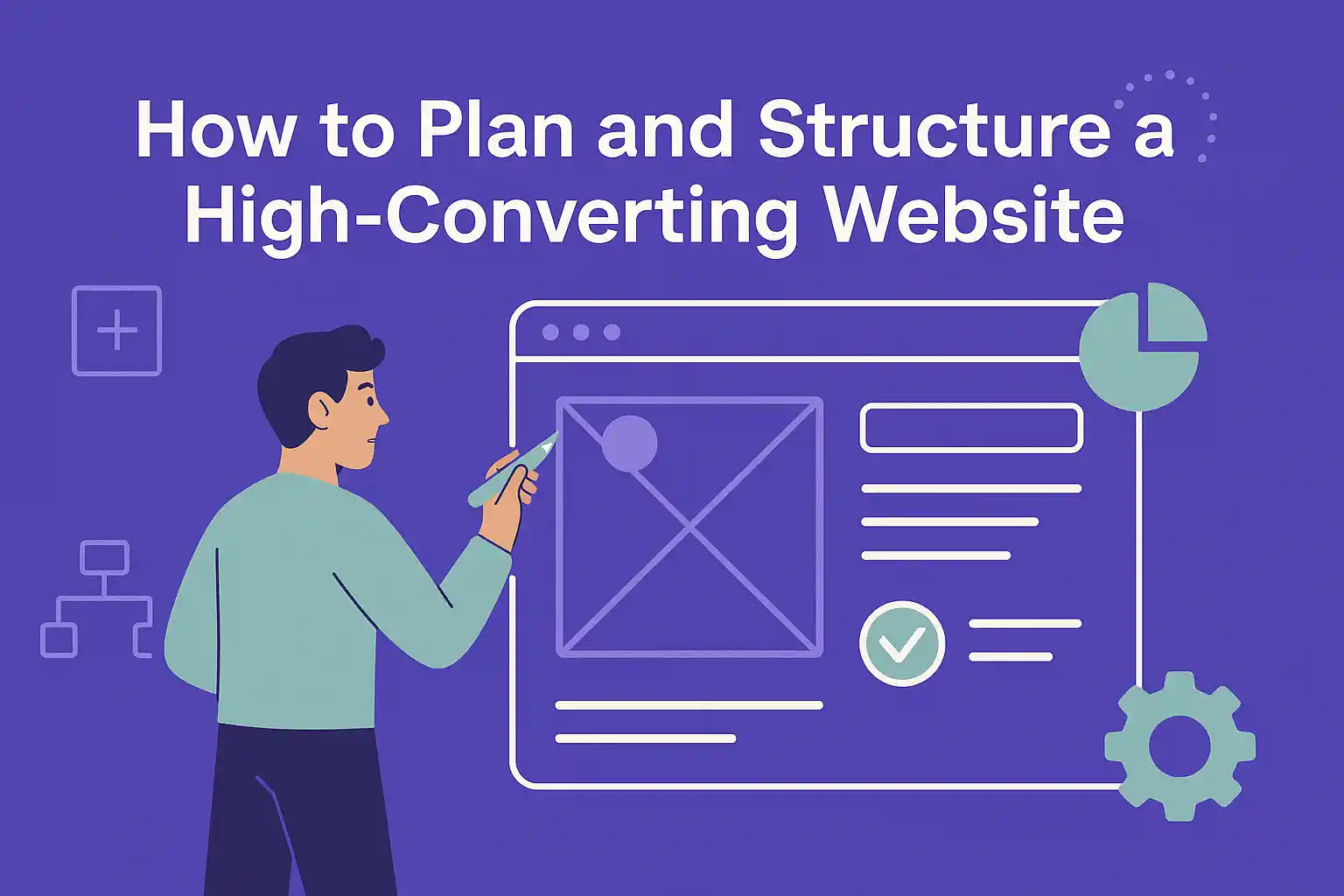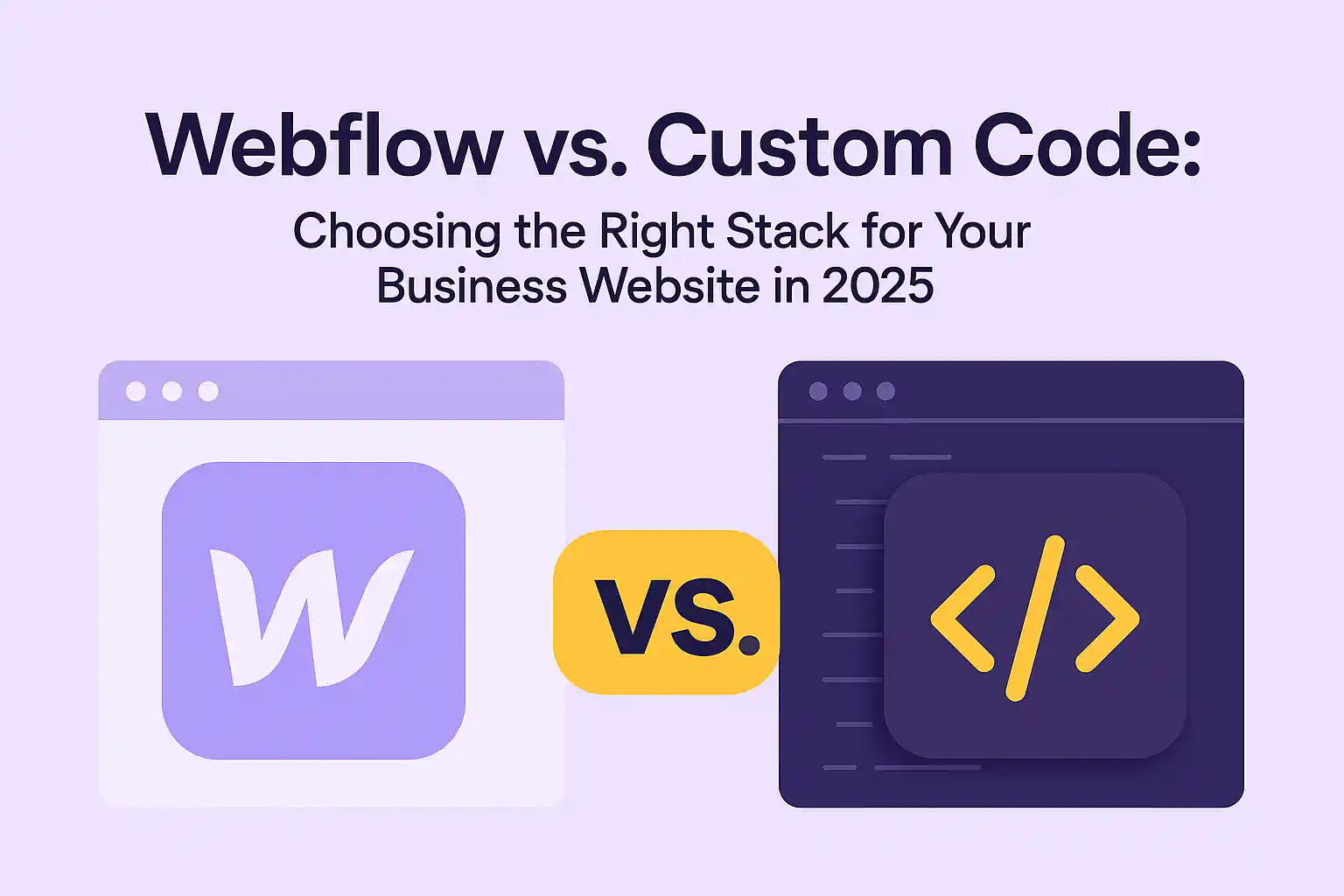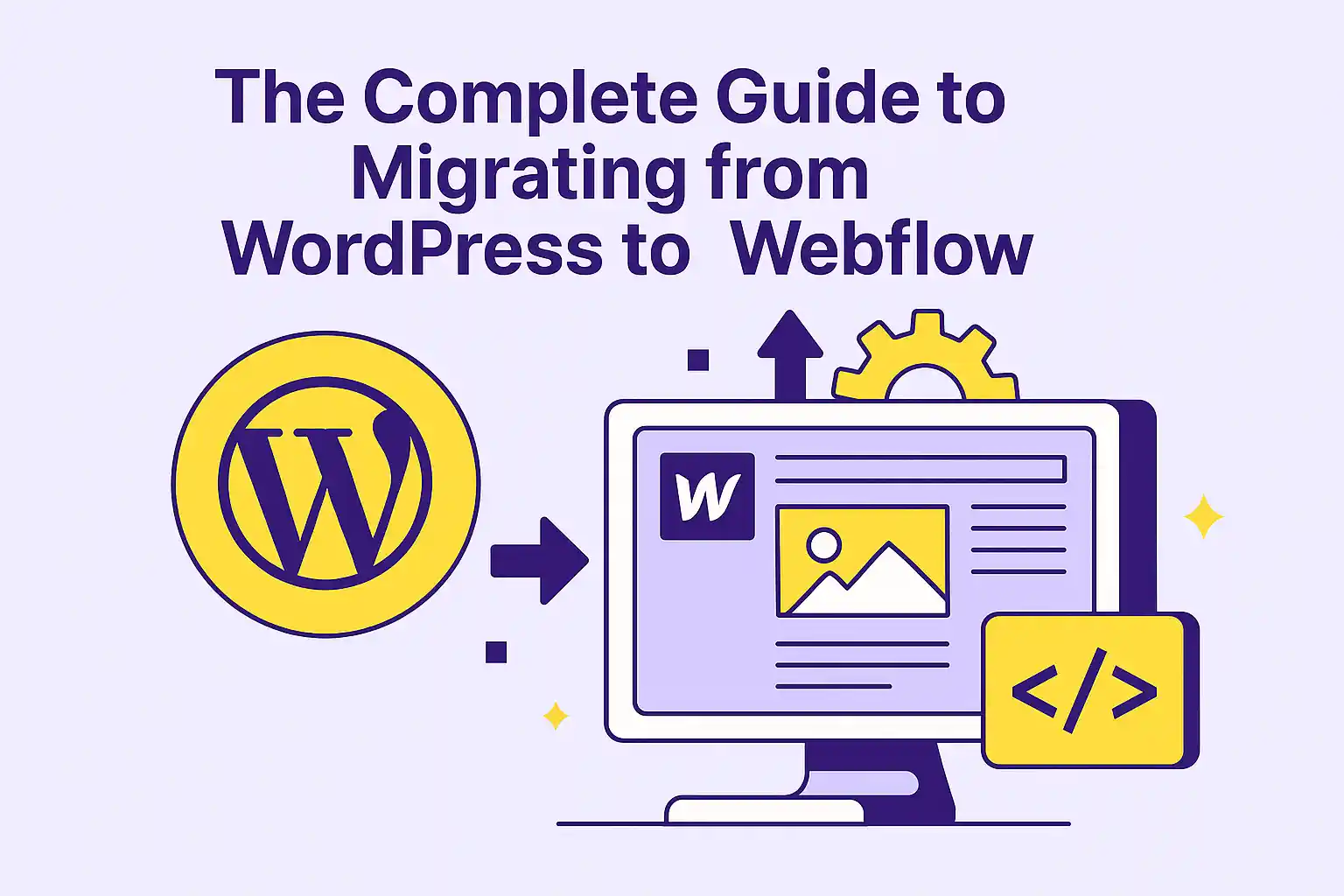The Real Cost of Bad Webflow Development (And How to Avoid It)
Learn the hidden cost of poor Webflow builds—and how to avoid slow sites, broken layouts, and painful rebuilds.

Webflow is a powerful tool—but like any tool, it’s only as effective as the person using it. In 2025, more companies than ever are choosing Webflow for fast, scalable websites. But there’s a growing problem: bad Webflow development is costing businesses thousands in lost leads, SEO performance, and long-term maintainability.
In this guide, I’ll break down what bad Webflow work actually looks like, why it’s so common, how it impacts your business, and how to avoid costly rebuilds, bloated pages, and dev bottlenecks before they start.
The Myth of “Anyone Can Build in Webflow”

It’s true that Webflow makes visual development accessible. But that’s also the problem.
Just because someone can use the Designer doesn’t mean they:
- Understand accessibility or responsive design
- Know how to structure CMS collections for scalability
- Follow best practices for SEO or performance
- Know when to use classes vs. combo classes
- Build layouts that convert
What you end up with is a site that looks okay on the surface but breaks down when it's time to scale, rank, or hand it off.
Real-World Signs of Bad Webflow Development

Here are the most common signs I see when auditing underperforming Webflow sites:
❌ Bloated Class Systems
No consistent naming, every element has its own styles, and nothing is reusable. Making a simple change takes hours.
❌ Non-Responsive Layouts
Sections look fine on desktop but break on tablet or mobile because the developer didn’t test across breakpoints.
❌ Poor CMS Setup
Instead of dynamic collections, everything is built as static pages—making it impossible to scale content or hand off to the marketing team.
❌ Weak SEO Foundations
- Missing H1 tags or duplicate headings
- Empty meta titles and descriptions
- No alt text or OG tags
- Bloated pages that fail Core Web Vitals
❌ Custom Code Overuse
Unnecessary JavaScript hacks where Webflow’s built-in features would do the job—leading to slow performance and future bugs.
Want to know how to structure Webflow for scale? Read How to Plan and Structure a High-Converting Website in 2025
The Hidden Costs of Bad Development

The biggest issue with bad Webflow builds isn’t the code—it’s the cost of lost opportunity.
💸 1. You’ll Pay for It Twice
I’ve worked with dozens of clients who had to rebuild their entire Webflow site because of bad initial work. Whether it's performance issues, CMS limitations, or UX friction, the fix often means starting over.
📉 2. Poor SEO = Lost Traffic
Sites built without SEO in mind struggle to rank—even if they look good. Google won’t reward pages that:
- Load slowly
- Don’t follow heading hierarchy
- Aren’t mobile-optimized
- Lack schema markup or internal structure
Want to avoid this during a migration? Read The Complete Guide to Migrating from WordPress to Webflow (Without Losing SEO)
🐌 3. You Can’t Move Fast
Marketing teams can’t ship landing pages because everything is hard-coded. Designers can’t update layouts without breaking something. The dev bottleneck slows everything down.
What Good Webflow Development Looks Like

Here’s what separates quality Webflow work from the rest:
✅ Strategic CMS Structure
Content is modular and dynamic. You can easily manage blogs, case studies, team members, testimonials—without developer help.
✅ Client-First or Scalable Naming System
Consistent, clean, and easy to maintain. Making changes is intuitive, not stressful.
✅ Fully Responsive
Every layout is designed and tested across desktop, tablet, and mobile—no broken margins or hacked sections.
✅ SEO-Optimized
Meta tags, alt text, headings, and Open Graph tags are in place. Pages are lightweight and pass Core Web Vitals.
✅ Fast, Clean Code
No unnecessary custom code. Animations are smooth, and page loads are lightning fast.
What It Feels Like to Work With a Great Webflow Dev

A strong Webflow expert is a blend of:
- Visual designer
- Technical developer
- UX strategist
- Marketer
They’ll ask the right questions, structure your project for long-term growth, and actually care about performance, conversions, and SEO—not just visuals.
This is exactly how I work with my clients—if you want examples, see Why Webflow Is the Best Platform for Fast, Scalable Business Websites in 2025 or the case studies on my site.
How to Avoid a Bad Webflow Build (Before It Starts)

Here’s a quick checklist to avoid bad hires and bad results:
🔍 Vet Their Work
Look beyond the visuals. Ask:
- Did you build this site from scratch?
- Was it built using a naming convention (e.g., Client-First)?
- How is the CMS structured?
💬 Ask About Strategy
A great Webflow dev will talk about:
- Content modeling
- Page load optimization
- Breakpoints and accessibility
- CRO principles
If they only talk about animations and styling… run.
🔗 Get a Clean Handoff Process
If you’re working with a freelancer or agency, make sure they:
- Provide Loom walkthroughs
- Deliver project documentation
- Set up an organized Webflow workspace
Final Thoughts
Bad Webflow development is expensive. Not because of how much it costs to build—but because of what it costs you in time, growth, and performance down the line.
The good news? You can avoid these problems by choosing someone who understands how to structure Webflow for speed, SEO, and scale.
If you’re rebuilding a broken site or want to ensure your next project is done right—reach out to me. I’ll help you build something that performs, not just looks pretty.
Related Articles

Expert Guide to Building Scalable Web Apps with Webflow & Next.js

How to Plan and Structure a High-Converting Website in 2025

Webflow vs Custom Code: Choosing the Right Stack for Your Business Website in 2025

.png)

